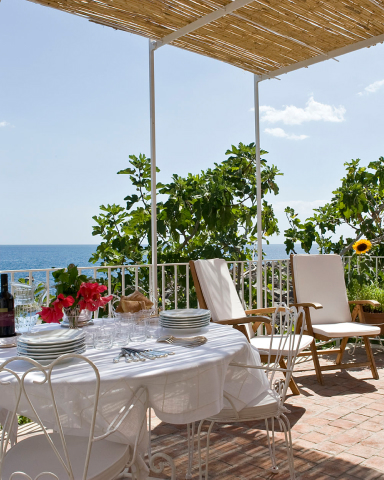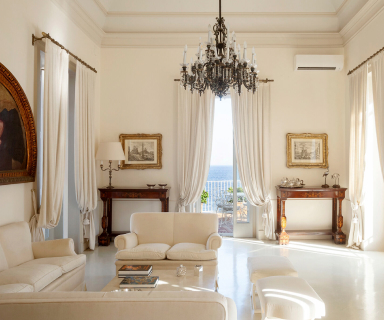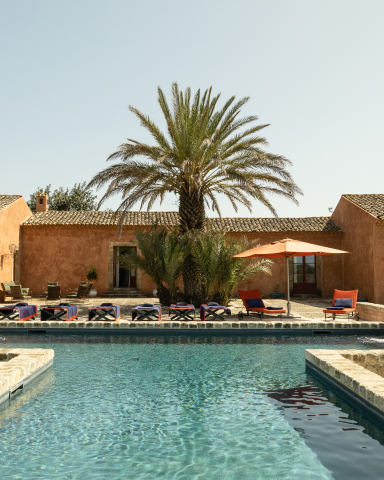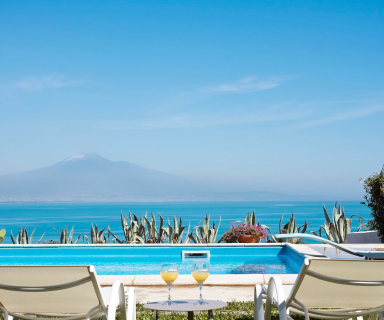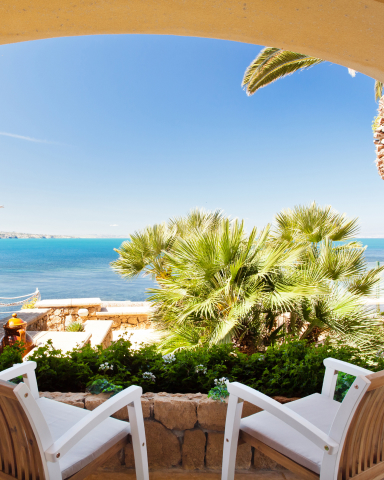
Catania Travel Guide
Towns and cities in Sicily
From its Greek roots to its Baroque rebirth, Catania has been continually reshaped by the forces of nature and human endeavour. The city's architecture, a testament to its history of destruction and renewal, features wide avenues, grand squares, and a unique use of lava as a primary building material. This blend of natural forces and architectural ingenuity gives Catania its distinctive character and allure. Whether exploring its architectural wonders, indulging in the culinary delights of Pasta alla Norma, or venturing into the bustling heart of its markets, Catania offers a vibrant, immersive experience that captures the essence of Sicily's spirited and tumultuous soul.
About the area

Nestled under the shadow of Mount Etna in the east, Catania is Sicily's second-largest city, lying on the Ionian sea. Mount Etna is ever-present and has to a large extent shaped both the history and the actual existence of Catania. On several occasions, volcanic eruptions destroyed the city, the most devastating of which happened in the 17th century. As a result, the entire old part of town was rebuilt in Baroque style, with lava stone buildings. Catania is essentially a “grey” city and unique in the world for this. Catania offers a blend of historical richness, vibrant street life, and a deep connection to the Mediterranean's natural and cultural tapestry.
Things to do in Catania


- Marvel at Piazza Duomo: Visiting Catania is quite easy, as the old town centre is relatively small. An ideal starting point would be the main square, Piazza Duomo. This square is an architectural masterpiece dominated by the Cathedral of St. Agata and the iconic lava elephant fountain, symbolising the city's strength and resilience.
- Step back in time at the market: Heading south from the piazza you will go under the 17th-century arch of Porta Uzeda towards the port. A quick right here will take you into Catania’s colourful, bustling and odorous fish market. Get here before lunch and you will enter a different world, an atmosphere that has remained virtually unchanged for hundreds of years.
- Uncover ancient theatres: Moving back northwards you will come across a rather different aspect of the city: its ancient origins. Catania was founded in the 8th Century BC by Greeks from Chalcis. It subsequently became a Roman city and amazingly, considering the dramatic series of volcanic eruptions and earthquakes that have so afflicted the area, three theatres have survived from this period.
- Admire Castello Ursino: Explore the formidable 13th-century fortress, a relic of Frederick II's reign, now standing inland due to Etna's transformative eruptions, housing a collection of art and historical artifacts.
- Celebrate Bellini's legacy: The Museo Belliniano is dedicated to Catania’s most famous son, the composer Vincenzo Bellini. A short walk northeast will take you to another building dedicated to his memory, the opera house Teatro Massimo Bellini. The opera season runs from around October to June and is well worth a visit if opera is your thing. After a performance, you could go for a bite to eat in one of the many restaurants in the area. The signature dish of Catania, Pasta alla Norma, is also dedicated to Bellini and consists of fried chunks of aubergine, a rich tomato sauce and salty ricotta cheese..... Buon appetito!

Your keys to our house
Sign up to our newsletter for beautiful villas, destinations and things to do
Voted best villa rental company in the world seven years in a row

